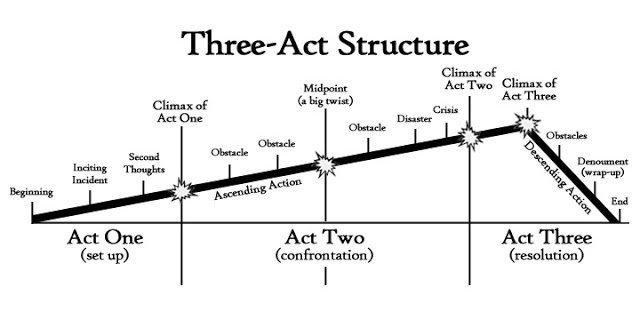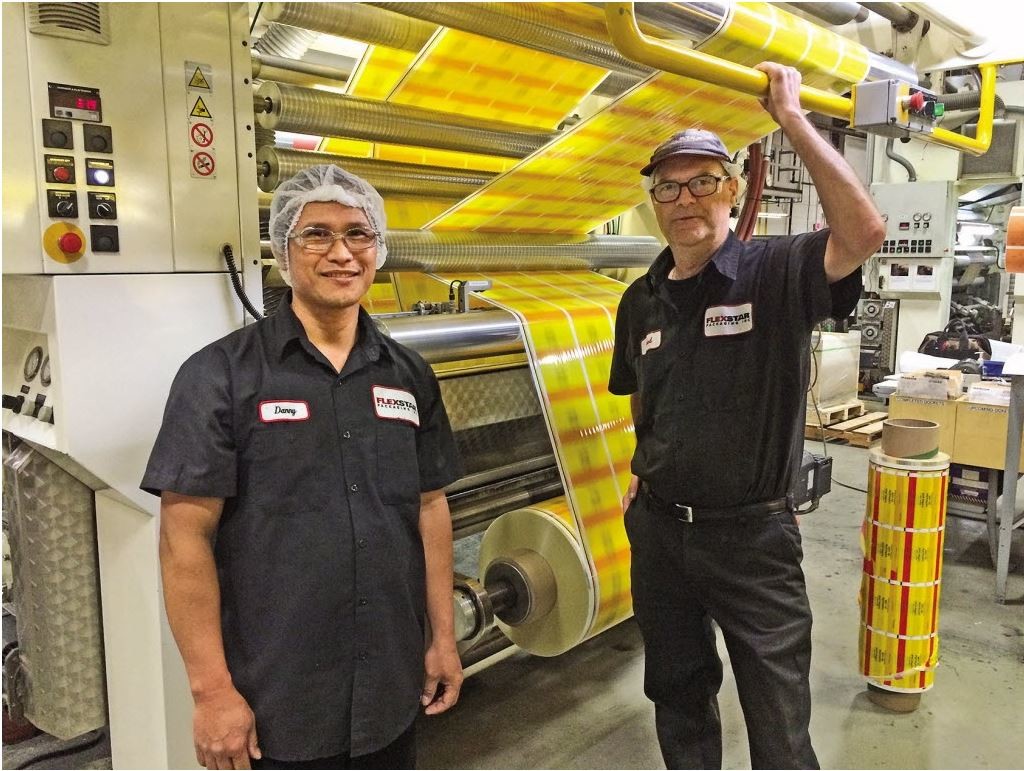Courtesy of Imagination.com
Driven and ambitious, you were one of the stars in your company. You excelled in whatever you do, and are well liked by your boss, colleagues and subordinates.
But one day, dark clouds rumbled. Your company was acquired by a global MNC.
Due to “surplus headcount”, many of your colleagues were made redundant. Rumour even has it that your job is next on the line!
As you reel from the shock, you realise one thing. In a restructuring economy, every job is at risk.
Therefore, you decide to chart your own career destiny.
You spent your free hours learning new skills, expanding your social network, and sharing helpful content online. You keep yourself updated with the latest developments in your field, and establish yourself as a thought leader.
With your newfound fame, opportunities from headhunters and clients abound. You no longer fear the dreaded pink slip.
The “And, But, Therefore” (ABT) Structure
What do you think of my little story above? Does it entice you to read more?
Well, what I’ve done is to incorporate the “And, But, Therefore” or ABT framework in my short narrative.
Expounded by former scientist turned filmmaker Randy Olson, the ABT framework was featured in his book Houston, We Have a Narrative: Why Science Needs Story. Touted as the fundamental building blocks of a story, it introduces momentum (“And), conflict (“But”), and resolution (“Therefore”) in any story.
Have a look at this short video to understand how this works.
Examples of ABT in Fiction
Inspired by Olson’s own experiences as a former scientist (“Scientists are famous for being bad communicators”), the ABT framework is widely seen in fictional books, films and television.
Many screenwriters and authors follow the ABT religiously. As part of the narrative process, they build up the initial momentum in their stories through the set up (“And”), introduce one or several escalating conflicts (“But”), and provide a resolution of that conflict (“Therefore”).
An expanded version of the three-act ABT structure can be seen in the diagram below:
Courtesy of YA Teabreak
Just take a look at these two examples:
Star Wars: Galactic rebels and Jedi knights combine forces to fight against evil empire. And they managed to rope in allies across the galaxy. After much struggle, they managed to kill the emperor and destroy the empire. But, a new powerful enemy trained in the Force has emerged, armed with the latest state-of-the-art planet destroying weapon. Therefore, the rebel forces need to assemble new allies to quell the nefarious emerging threat.
Harry Potter: Teenage boy wizard enrolls in a school of magic and acquires powerful spells to vanquish an evil necromancer. And along the way, he managed to overcome various foes, including magical beasts and monsters. But he discovered that his arch foe has the most powerful magic wand in his grasp and is telepathic. Therefore, the boy wizard enlists the help of his ancient teacher and numerous other wizards to defeat the sorcerer.
By adding various conflicts and challenges before they are resolved, the ABT keeps us on our seats. The escalating tension and conflicts keeps us glued to the screens – or the printed pages – while the resolution of the conflict acts as a satisfying “reward”.
But I’m Managing a Widget Factory!
So the question on everybody’s lips is this: Can you use the ABT storytelling structure for B2B businesses?
After all, your precision electronics factory/accounting practice/IT software company deals in fairly boring and technical stuff. Who wants to read about your story or view a video on it.
Well, the answer is a resounding YES WE CAN! (With apologies to Obama.)
Let us apply the ABT structure to two B2B businesses (one hypothetical and one real) and see how they work out here:
ABC Accounting Services (hypothetical): Mr Tan is the boss of a Small and Medium Sized Enterprise (SME) in the car servicing business. Every day, he has to grow the business, hire and train staff, ensure that operations is running smoothly, and fix cars too (its a small business anyway). But because he is so busy and not financially trained, Mr Tan has no idea how to keep his financial matters in order. Therefore, he needs the help of an accounting firm like ABC Accounting Services to take away his book keeping headaches, so that he can concentrate on growing his business.
Flexstar Packaging Inc (Source of image)
Flexstar Packaging Inc (real): Established in the 1970s, Flexstar originally made printed T shirts and commodity products like bags. And the company changed its product focus over the years. But customers in recent years demand better quality, print quality, and technology. Therefore, Flexstar pivoted from being a commodity factory to an integrated full service flexible packaging company. (Source of story: Plastic News)
Here are two more examples of business stories told in animated video using the ABT Framework. See if you can identify where the “Ands”, “Buts” and “Therefores” are.
[youtube id=”IOxnD8lvF-A”] [youtube id=”Z6d3jrjYVzY&list=PLQRlW6VVSrU3TE-focZyPQr09hCqdIwj6″]Identify Your ABT Protagonist
As you can see from the examples above, it is possible to create a compelling business story using the ABT framework.
The challenge, however, is finding a way to relate the story to your stakeholders. This is where introducing a main character or protagonist comes in.
Often, the most compelling narratives feature a hero or heroine. In your business, the best “person” to fill these shoes would often be your customer (if your video is targeted at them) or your company itself.
Once you have identified your protagonist, you can start to build your story as follows:
- Introduce your protagonist and flesh out her persona. She can be a consumer (eg a young working mother) or a business client (eg a public relations manager).
- Build up the case for your protagonist and illustrate what she goes through. Use the “And” method to gather momentum.
- Put in the conflicts and challenges which she faces. These “Buts” can be the stresses she faces balancing multiple roles.
- Where possible, include escalating conflicts (“magnify the pain”) to increase the suspense. Make sure they are real though!
- Thereafter, highlight the services or products which you provide as the “hero” (“Therefore“) which helped to save the day. Bring your narrative to a satisfying resolution.
Now that you have learned how to tell compelling business stories using the ABT framework, go ahead and change the way you create business content. I’d love to hear what your experience is like.
Need help to storify your B2C or B2B business? Contact me by dropping an email or leaving a comment below. I’d love to catch up for coffee and a chat – be it online or offline!






